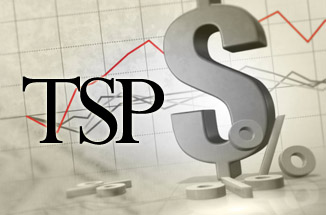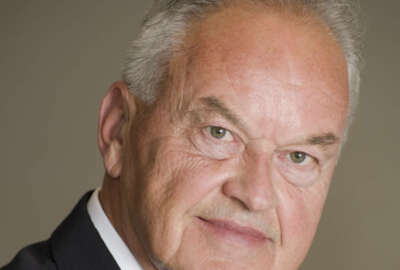
Are federal employees overpaid or underpaid? The answer: Yes
Depending on whose numbers you believe, federal workers are either overpaid by 34 percent or underpaid by 25 percent compared to the private sector.
Mike Causey is under the weather, so enjoy this previously published column from February.
Depending on whose numbers you believe, federal workers are either overpaid by 34 percent or underpaid by 25 percent compared to the private sector, give or take a few percentage points.
So which is it: Yes or no? Do government engineers make more or less than private-sector engineers? Depends.
Does a psychiatrist or psychologist working for Uncle Sam do better or worse than fellow graduates who went private? Again it depends.
Do fast food cooks, parking lot attendants, dog walkers and auto detailers (not auto dealers) and chimney sweeps make more in or out of government? Wait a minute, bad question. Although the White House has a large kitchen staff, very few other federal agencies have a roster of burger flippers — or custodial employees. They may have them, but usually they are supplied by the private sector on contract to the agency.
The kind of jobs Uncle Sam doesn’t have — often low paid — is one reason federal pay on average is so much higher. The reason: Uncle Sam doesn’t do retail.
One of the many problems in comparing federal vs. private-sector pay is where do you start? And what do you compare? If you go by averages Uncle Sam is king. The average federal civil servant makes a lot more than the average American.
But when you do a job-for-job rating, the differences narrow. Even by sex. While there has long been a glass ceiling holding women back in government and the private sector, it is cracking all over the place. And unlike the private sector where women doing the same jobs as men were (sometimes still are) paid less than their male counterparts, a GS 11 step 5 makes the same whether the occupant is a man or a woman. The director of the Office of Personnel Management, the FBI or the Secretary of the Interior makes the same salary whether they are male or female.`
When critics of federal pay want to score points, they talk about total compensation. That is salary PLUS perks. In which case, feds usually come out on top. That’s because of the vacation (annual leave) which many small private operations don’t offer. And sick leave and all those federal holidays. Few private firms offer what the government does. Many of those who permit employees a limited number of sick days don’t allow those employees to accumulate them, much less apply it toward retirement. The government does.
Both the Carter and Clinton administrations pushed for the “total compensation” concept, meaning that federal pay raises should be based on comparing the value of the total pay-perks package in government against total compensation in the private sector.
Deciding what to compare is one thing. Deciding who to compare it with is another.
Next to the federal government, Wal-Mart is the largest employer in the U.S. In 2013 it had about 2.2 million workers, 1.3 million of them in the U.S. But while everybody (just about) loves the big box store, what does it have in common with the federal government? Wal-Mart has great stuff at great prices, but it doesn’t have a NASA, or a CIA or National Institutes of Health division.
Yum! Brands is another major employer, but it’s a fast food operation. So is McDonald’s. Then there is Home Depot, Kroger, Target, UPS (not the USPS).
IBM is one of the relatively few top American employers with many jobs comparable to those in the federal service. Certainly comparisons should be made to make sure Uncle Sam isn’t paying his people too much — or too little. All that’s needed is a yardstick, a chart and some umpires both sides will agree to and accept.
Good luck with that!
Nearly Useless Factoids
Ohio candy maker Clarence Crane, who invented the Life Savers candy in 1912, was the father of poet Hart Crane.
Source: Wikipedia
Copyright © 2025 Federal News Network. All rights reserved. This website is not intended for users located within the European Economic Area.
Mike Causey is senior correspondent for Federal News Network and writes his daily Federal Report column on federal employees’ pay, benefits and retirement.
Follow @mcauseyWFED





